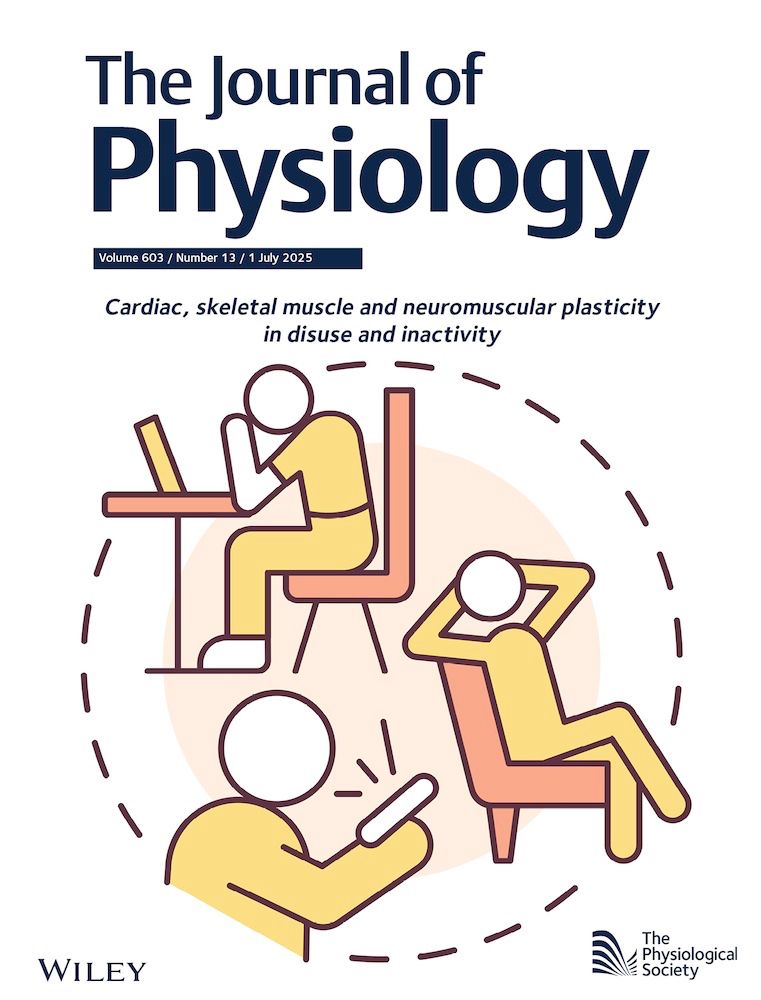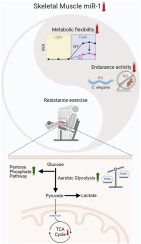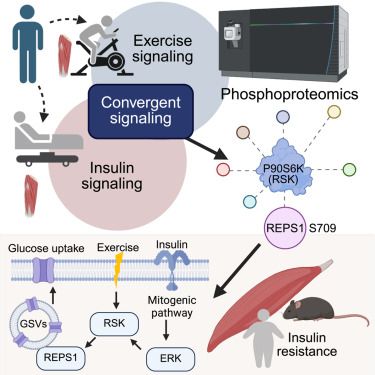- Muscle Plasticity in Exercise/Disuse/Aging
- Editorial Board @jphysiol.bsky.social & @MSSEonline
- @ecssofficial.bsky.social Scientific Committee member
#HumanBeforeScientist

📜 Read the #Research here: physoc.onlinelibrary.wiley.com/doi/10.1113/...

📜 Read the #Research here: physoc.onlinelibrary.wiley.com/doi/10.1113/...

But exercise might be the key to recovery.
Hot off The @thelancet.com #TheLancetHealthyLongevity press: A meta-analysis with BIG implications.

But exercise might be the key to recovery.
Hot off The @thelancet.com #TheLancetHealthyLongevity press: A meta-analysis with BIG implications.
More to come on this topic from our lab, I hope soon!
📜 Read the #Research here: physoc.onlinelibrary.wiley.com/doi/10.1113/...

More to come on this topic from our lab, I hope soon!
📜 Read the #Research here: physoc.onlinelibrary.wiley.com/doi/10.1113/...


Your support was the heartbeat of the 30th ECSS Annual Congress.
Every smile, every helping hand, every moment you devoted made a lasting impact. You were the team behind the scenes & we couldn’t have done it without you. 🙏👏
#WeAreSportScience #ECSS2025
Your support was the heartbeat of the 30th ECSS Annual Congress.
Every smile, every helping hand, every moment you devoted made a lasting impact. You were the team behind the scenes & we couldn’t have done it without you. 🙏👏
#WeAreSportScience #ECSS2025

Great collaboration with @adeshmukh.bsky.social @JeppeKjaergaard.bsky.social and team @cbmr.science
www.sciencedirect.com/science/arti...

Great collaboration with @adeshmukh.bsky.social @JeppeKjaergaard.bsky.social and team @cbmr.science
www.sciencedirect.com/science/arti...
@jphysiol.bsky.social by Mark Viggars and @kaesser.bsky.social related to our previous manuscript on disuse and retraining
physoc.onlinelibrary.wiley.com/doi/10.1113/...

@jphysiol.bsky.social by Mark Viggars and @kaesser.bsky.social related to our previous manuscript on disuse and retraining
physoc.onlinelibrary.wiley.com/doi/10.1113/...
Photo credit: iStock 🧪

New Journal Club article from @jphysiol.bsky.social about our recent article (in the post below).
physoc.onlinelibrary.wiley.com/doi/10.1113/...
Out in @jphysiol.bsky.social
-Previous short-term disuse dictates muscle gene expression and physiological adaptations to subsequent resistance exercise-
A true collaborative effort! (see the thread below for more)
physoc.onlinelibrary.wiley.com/doi/full/10....

New Journal Club article from @jphysiol.bsky.social about our recent article (in the post below).
physoc.onlinelibrary.wiley.com/doi/10.1113/...
For our 2025 Editorial Board Fellowship scheme!
Read about Matt Fogarty's experience as an Editorial Fellow🎓👇
🔗 https://buff.ly/2s5K83y

For our 2025 Editorial Board Fellowship scheme!
Read about Matt Fogarty's experience as an Editorial Fellow🎓👇
🔗 https://buff.ly/2s5K83y
Don't miss your chance to present at the 30th ECSS Annual Congress in #Rimini, #Italy (1–4 July 2025). For more info, visit https://buff.ly/4aTYSqF
#WeAreSportScience #ECSS2025

Don't miss your chance to present at the 30th ECSS Annual Congress in #Rimini, #Italy (1–4 July 2025). For more info, visit https://buff.ly/4aTYSqF
#WeAreSportScience #ECSS2025
Out in @jphysiol.bsky.social
-Previous short-term disuse dictates muscle gene expression and physiological adaptations to subsequent resistance exercise-
A true collaborative effort! (see the thread below for more)
physoc.onlinelibrary.wiley.com/doi/full/10....

Out in @jphysiol.bsky.social
-Previous short-term disuse dictates muscle gene expression and physiological adaptations to subsequent resistance exercise-
A true collaborative effort! (see the thread below for more)
physoc.onlinelibrary.wiley.com/doi/full/10....

